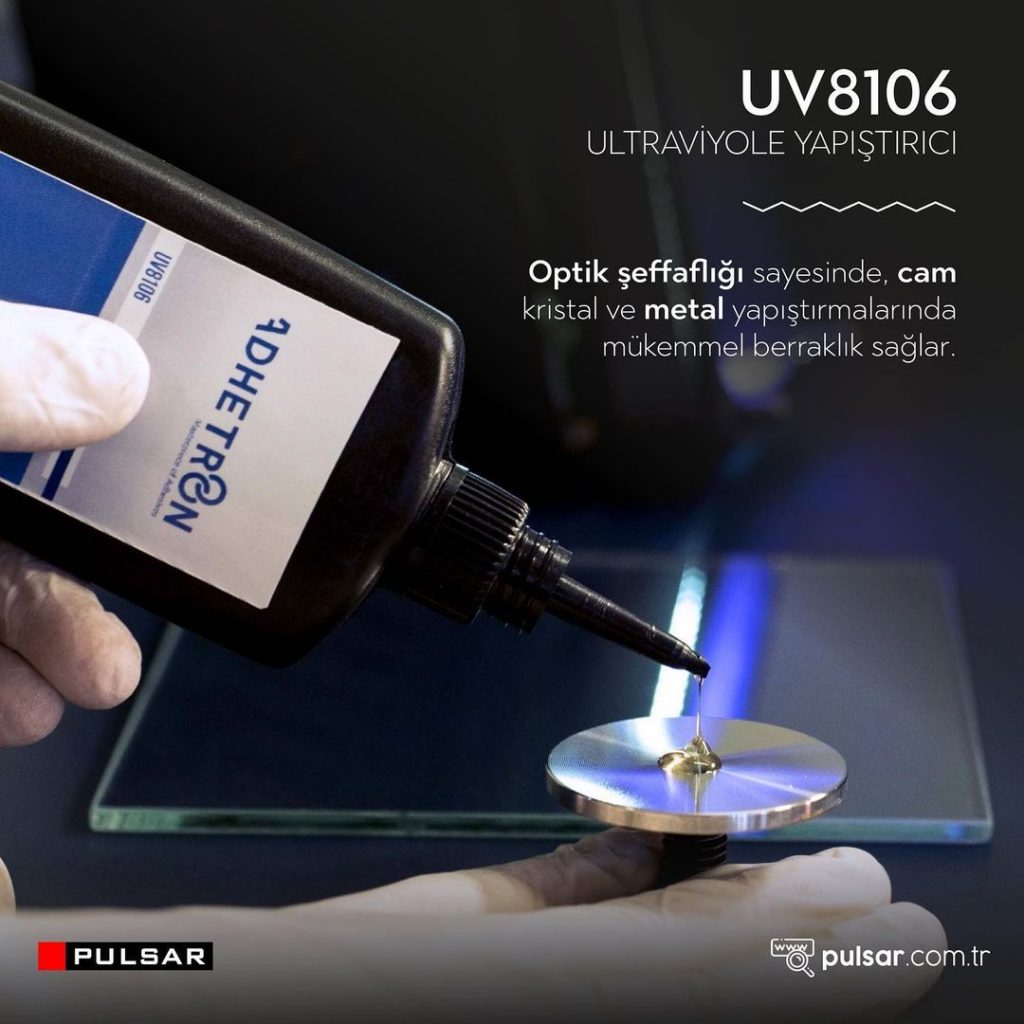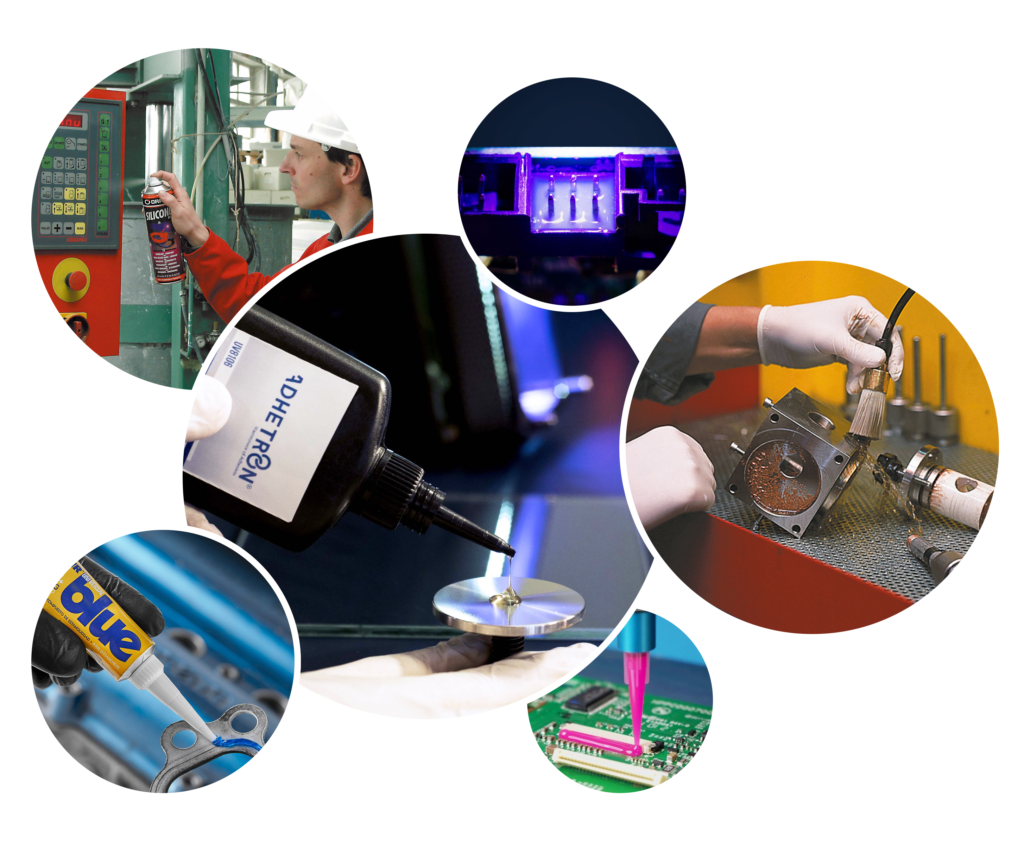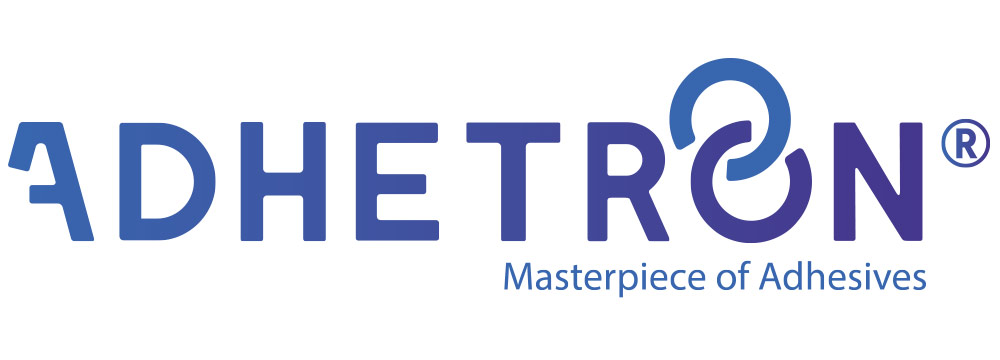History of Adhesives: From Ancient Times to the Present
Adhesives have been an indispensable part of human life since the dawn of history. Today, adhesives are used in many fields, but their origins date back thousands of years. This journey, spanning from ancient civilizations to modern industries, has witnessed significant advancements in both technology and chemistry. In this article, we will take a closer look at the history of adhesives. Our blog posts will guide you through adhesive processes and innovations. 
First Uses of Adhesives: Sticky Substances in Ancient Civilizations
Adhesives were first used thousands of years ago. Early humans utilized natural materials as adhesives to craft simple tools and weapons. For instance, during the Neolithic era, people created adhesive-like substances by mixing plant extracts, animal fats, and clay.
In ancient Egypt, adhesives were widely used, particularly in the assembly of sarcophagi and wooden furniture. Egyptian hieroglyphs reveal that these adhesives were derived from natural materials such as resin and beeswax. Similarly, in ancient China, adhesives were used in paper-making and ceramic repairs.
The Middle Ages and the Industrial Revolution: The Development of Modern Adhesives
In the Middle Ages, adhesives became especially common in furniture production. Adhesives made from materials such as fish skin, animal bones, and milk proteins (casein) were key in crafting furniture and binding books. During this period, adhesives were highly valued in woodworking and handicrafts.
The Industrial Revolution marked a turning point in adhesive technology. Advances in chemistry allowed the production of stronger and more durable adhesives. Rubber-based adhesives revolutionized industrial applications, enabling factories to speed up production processes and construct more reliable structures.
The 20th Century and the Rise of Synthetic Adhesives
The 20th century witnessed a major breakthrough in adhesive technology with the rise of synthetic adhesives. Advances in the chemical industry enabled the use of more durable and faster-acting synthetic products in place of natural materials. Especially rubber and polymer-based adhesives became widely used in industrial and commercial applications. During World War II, the importance of these products grew, and in the post-war era, revolutionary discoveries such as super glue became indispensable in everyday life. These innovations accelerated the development of adhesive technology.
World War II and the Importance of Adhesives
During World War II, the strategic importance of adhesives increased significantly. Adhesives played a major role in the production of military equipment, aircraft, and other munitions. Particularly rubber and resin-based adhesives were used to manufacture vital materials during the war.
The Invention of Super Glue in the 1950s
In the 1950s, another revolution took place in adhesive history: the invention of super glue (cyanoacrylate). This adhesive quickly solidified to create an incredibly strong bond. Initially developed for military purposes, super glues soon became popular for home and industrial use.
Modern Adhesive Technology and Varieties
Today, adhesives are produced in various forms for use in many different fields. With advancements in technology, more environmentally friendly and effective adhesives have been developed.
Industrial Adhesives
Industrial adhesives are chemical products that play a crucial role in modern manufacturing and construction processes. These adhesives, particularly used in the automotive, aerospace, electronics, and construction industries, offer high durability and long lifespans. Epoxy, polyurethane, silicone, and acrylic-based adhesives create strong bonds between different materials, enhancing durability.
Compared to traditional mechanical fastening methods, these adhesives offer several advantages. For instance, using adhesives instead of screws and welding results in lighter and more aesthetically pleasing products without compromising structural integrity. Additionally, adhesives provide flexibility to withstand vibrations and impacts, resulting in longer-lasting materials.
Industrial adhesives speed up production processes while offering solutions resistant to environmental factors. Their resistance to high heat, humidity, and chemicals makes them ideal for tough manufacturing conditions. With various formulations, these adhesives deliver effective results on surfaces such as metal, glass, and plastic. These qualities have made industrial adhesives an indispensable part of modern industrial production.

Industrial Adhesives and Pulsar Kimya
Industrial Adhesives and Our 40 Years of Experience in Product Solutions
Industrial adhesives have become an essential part of modern production processes. These adhesives provide safe and durable bonding of various materials used in different industries. Adhesives that perform highly in bonding materials such as metal, plastic, wood, and composites improve product quality and manufacturing efficiency.
40 Years of Industry Experience
At Pulsar Kimya, we have been serving the industrial adhesive sector for over 40 years. With our extensive experience and expert team, we aim to provide the best solutions to our customers. We closely follow developments in the industry, offering innovative and effective products.

Our Product Groups

Why Choose Us?
- Quality and Reliability: Our products are manufactured in accordance with international standards and go through continuous quality control processes.
- Expert Support: Our experienced team assists you in choosing the most suitable adhesive for your applications.
- Innovation: Our R&D efforts bring innovative products to the industry.
Contact Us
For the most suitable industrial adhesive solutions for your needs, you can visit our website or get in touch with our expert team. With 40 years of experience, we are here to help take your business to the next level.
Adhesives for Home and Hobby Use
Adhesives for home and hobby use provide practical solutions for many aspects of daily life. These adhesives are generally formulated to be easy to apply, fast-drying, and compatible with various materials. They are commonly used for bonding materials such as paper, wood, plastic, fabric, and metal.
One of the most popular types of adhesives is PVA glue, frequently used in paper and woodworking projects. Hot glue guns are another popular option for hobby projects. In addition, multi-purpose adhesives provide effective results for small repairs and craft projects. These products offer quick and reliable solutions at home or in hobby workshops by providing ease of use and flexibility.
Eco-Friendly Adhesives and Their Future
In recent years, as environmental awareness has grown, eco-friendly adhesives have gained importance. These adhesives are made from biodegradable and non-toxic materials. In the future, such adhesives are expected to become more widespread.
References:
